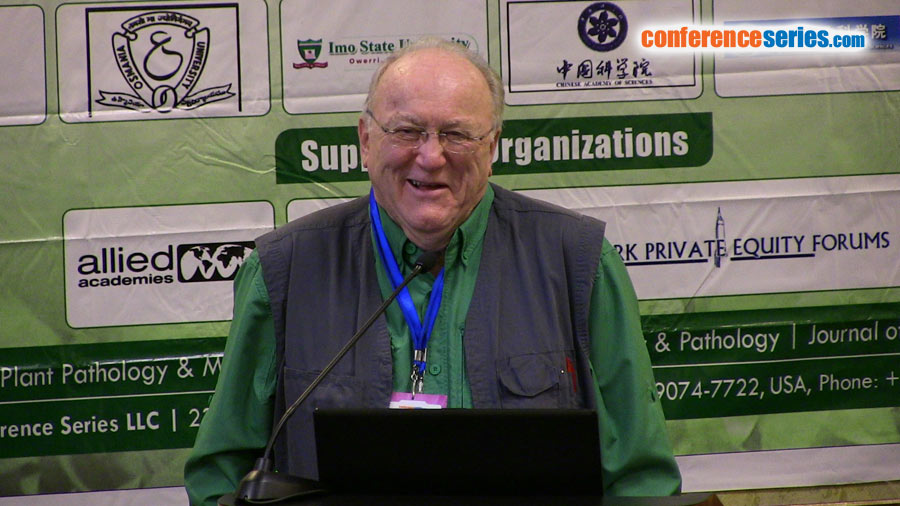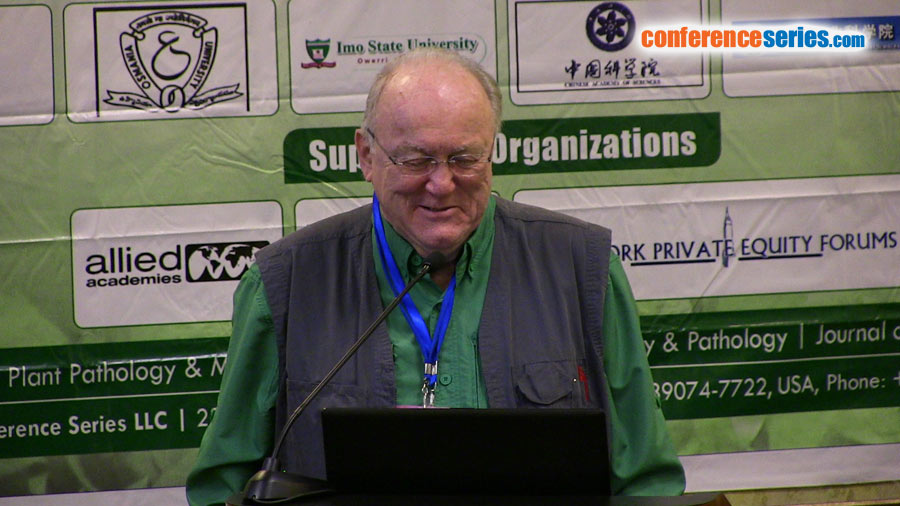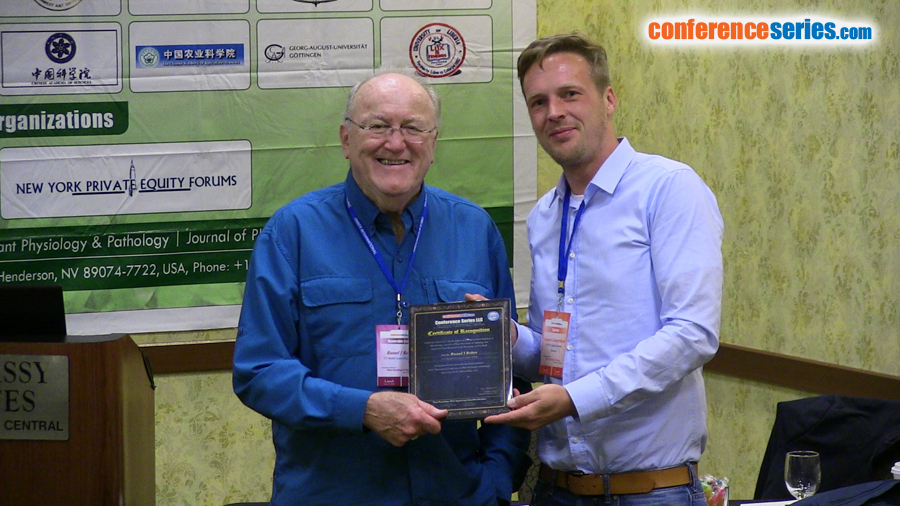
Russel J Reiter
UT Health Science Center, USA
Title: Phytomelatonin: Helping plants to survive and to thrive
Biography
Biography: Russel J Reiter
Abstract
Melatonin is synthesized in plants from the amino acid tryptophan. Initially, melatonin will be decarboxylated to tryptamine and this molecule then hydroxylated to serotonin. Th e conversion of serotonin to melatonin may be similar to that in animals, although there is some debate about this. It is assumed that serotonin is acted upon by N-acetyltransferase (NAT) to generate N-acetylserotonin; the latter molecule is then catalyzed to N-acetyl-5-methoxytryptamine (melatonin) by acetylserotonin methyltransferase (ASMT) (formally known as hydroxylindole-O- methyltransferase or HIOMT). Melatonin may not be the fi nal product in some plant species, since melatonin is acted upon by 2-hydroxylase to produce 2-hydroxymelatonin. Melatonin and 2-hydroxymelatonin function as free radical scavengers to detoxify reactive oxygen species that otherwise damage critical molecules in plant cells. Additionally, melatonin is a potent growth promoting agent in plants. For example, when soybean seeds are coated with a solution that contains melatonin, a larger percentage of the seeds will germinate, plants grow faster and larger and the number of seeds and seed pods will be increased. Th us, melatonin enhances product yield in soybeans. Similarly, when seed corn or cucumber seeds are hydroprimed with melatonin, the percentage of the seeds that germinate elevated and product yield also increased. Plants treated with melatonin either pre- or post-germination are also more resistant to damage by environmental perturbations that interfere with photosynthesis and growth than control plants which are not treated with melatonin. Collectively, the results on the functions of melatonin in plants indicate that this indoleamine is highly beneficial in terms of protecting the plants from stressors and in improving productivity, actions that could have a major impact on food availability.





